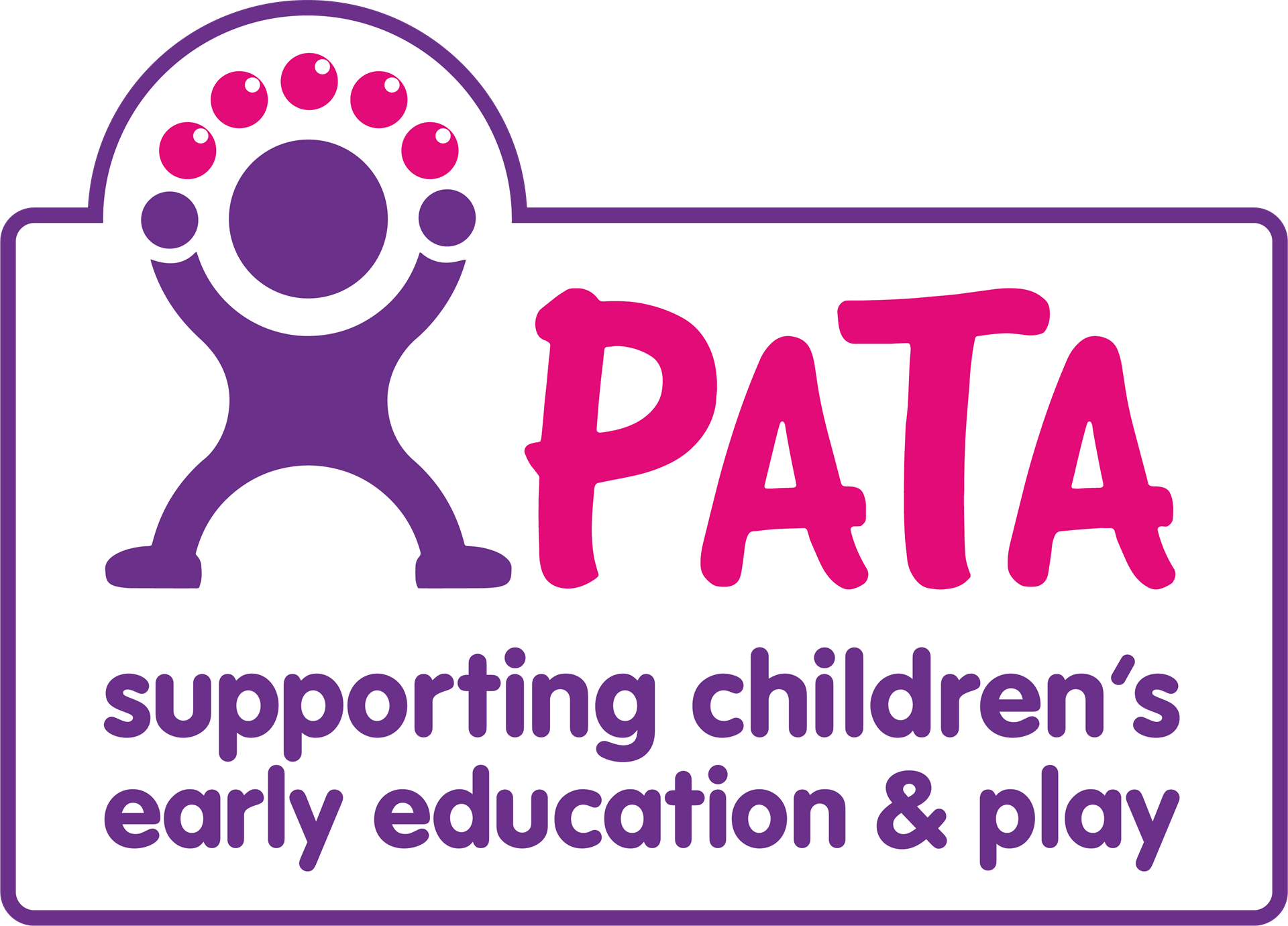We’ve had a few queries in from member settings recently that have made us a little bit concerned about the financial controls in place, particularly for committee run settings.
We thought it might be helpful to just explain a little bit about why you need controls and also what those should look like. This is primarily aimed at charitable settings because the committee is legally responsible for ensuring that the money is properly accounted for and wisely spent, but some of the principals will apply to other types of setting too.
For any charitable setting you must have a treasurer who takes the lead on ensuring that the finances are in order, but the responsibility for ensuring the financial position of the setting sits with every committee member. Some settings have a paid financial administrator and they should work closely with the committee (through the treasurer).
At the very least you should have the following controls in place:
- You should have a finance policy which sets out the expectation for all staff and committee and which puts in place enough controls to ensure that no one is put at risk.
- Annual budget forecast at the start of each year :
- Is prepared by the Treasurer/Manager/Administrator based on forecast child numbers and staffing levels, along with other projected expenditure.
- This budget should have been reviewed and agreed by the Committee.
- Allows committee to review cash flow for the year ahead.
- Allows the Manager/Administrator to work within agreed budget levels and ensures that non-budget items of income or expenditure are communicated to the Committee via the Treasurer’s finance report.
- Actual income/expenditure should be monitored against the original budget forecast.
- A short financial report should be presented at each committee meeting by the treasurer:
- This can be based on financial reporting information from the administrator.
- Should include information on current and reserve bank balances.
- Should report on any recent or future income or expenditure that has not already been forecast in your budget, or any amendments to the budget.
- Should review any potential cash flow issues.
- There should be at least two people with access to all bank accounts, including any Reserve accounts. At least one of these should be on the committee (Chair or Treasurer).
- You should have dual signing in place for all larger transactions. Your finance policy should set any spending limits. This can be set up with internet banking.
- At least two people should have sight of the bank statements on a monthly basis, and they should be available to any committee members on request.
- Bank reconciliations of all accounts, including petty cash, should be carried out monthly and countersigned by the Chair/Treasurer.
- If you are a PATA Payroll client, we should hold contact details for two individuals, for them both to receive the monthly payroll information.
- A receipt should be given for cash transactions, with a duplicate copy kept for finance records. Where large amounts of cash are counted and banked these should be checked and countersigned by a second person.
- Avoid keeping large amounts of cash in setting. All cash should always be kept in a locked cashbox, in a locked cabinet with key access limited to Manager/Administrator. You should check your insurance policy to see how much cash in setting you are covered for.
Essentially no one person should be doing anything finance related which isn’t seen by someone else. This is not because of a lack of trust, but is a safeguarding measure protecting all those individuals who are involved in setting finances. The committee as a whole are responsible (and potentially liable) for the financial health of the setting and can only fulfil this obligation if there is openness and accountability. The best way to achieve this is with clear guidelines and procedures.
Even if you think you know everyone involved in your setting very well there are times when people are more vulnerable and you have a duty to remove any possibility of them feeling like a quick solution is to ‘borrow’ from the setting (which is often how financial fraud in charities starts). You never know if someone is struggling financially at home, or is being pressured to find money elsewhere (e.g. if they are in a controlling relationship). By putting in place robust financial controls you are protecting all those involved in your setting.
The most common issues that we see are:
- Only one person has access to the bank account
- Previous committee members are still on the bank account
- Only one person (often the finance administrator) sees the bank statements
- Committee don’t receive regular financial reports so only see issues when it’s too late to resolve
These are all fixable issues with just a little bit of work but will bring a lot of reassurance and protection both for individuals and the committee/management team.
